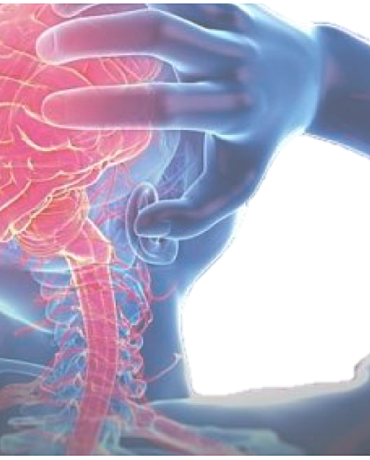Pain
We conduct research on a range of different pain conditions to understand the mechanisms of pain and improve pain management.
We conduct research on a range of different pain conditions to understand the mechanisms of pain and improve pain management.

Pain can be categorised depending on how long it persists. Acute pain lasts for a short time (less than three months) and typically occurs following injury or surgery. Chronic pain is pain that continues beyond expected tissue healing time even after injured tissues are healed.
NeuRA conducts research on a range of different pain conditions to understand the mechanisms of pain and to improve pain management. We have conducted several globally-recognised pain research projects which numerous clinical practice guidelines have endorsed internationally.
Chronic pain is a significant problem worldwide affecting nearly 8 million Australians. Unfortunately, despite the availability of analgesics and other pain therapies, no treatment has been found that benefits the majority of individuals, and most of the available treatments have significant side effects or risks for serious adverse events. We have discovered that effective pain relief can be achieved by addressing the primary source of pain: the brain. For example, our research has shown that people with chronic pain have an imbalance of neurotransmitters in the part of the brain responsible for regulating emotions. This imbalance could be making it harder for them to keep negative emotions in check, suggesting that persistent pain might be triggering the chemical disruption.
Every dollar of community support enables our scientists to continue making life-changing discoveries that contribute to a brighter and healthier future.
Run, swim or bake your way to making a positive difference in the lives of people touched by brain and nervous system disorders.
Stay informed about our latest research breakthroughs, scientific discoveries and the incredible minds behind them – subscribe today.
Neuroscience Research Australia respectfully acknowledges the Bidjigal and Gadigal peoples of the Eora Nation as the Traditional Owners of the Land on which we stand and pay our respects to Elders past and present.
Redevelopment of the NeuRA website has been made possible by the generous support of Conexus Financial.










